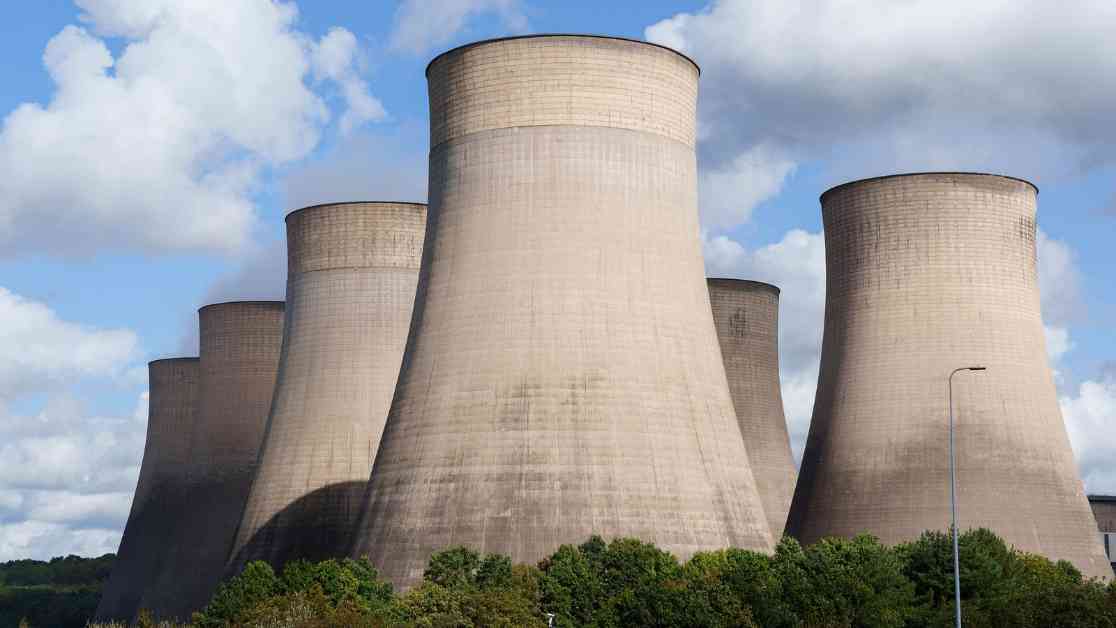It was a somber day at Ratcliffe-on-Soar power plant in Nottinghamshire as the last coal-fired power plant in the UK shut down, marking the end of a 142-year reliance on coal for electricity generation. Former workers, industry executives, civil servants, and a government minister gathered to bid farewell to the plant that had powered most of the East Midlands for 57 years.
The plant’s closure signifies a significant milestone in the country’s transition to cleaner energy sources. Over the years, the plant powered iconic moments like the broadcast of the moon landings, Nottingham Forest’s floodlights, and thousands of episodes of EastEnders. According to Uniper, the company that owned the plant, it generated enough power in its lifetime to make two trillion cups of tea.
While the farewell event was a mix of gratitude and celebration, the mood in the control room was more solemn. Some staff members had worked at the plant since it was owned by the Central Electricity Generating Board, and the moment they had to stop generating power was described as “very sad.”
Despite the closure, the lead time provided by the government’s announcement of a coal phase-out by 2025 allowed the union and employer to protect all 140 jobs at the plant. However, the larger goal of phasing out all fossil fuels from the electricity grid by 2030 poses a more significant challenge. This transition is crucial for addressing climate change but must be managed carefully to protect the jobs of thousands of workers still employed in the fossil fuel industry.
The closure of the UK’s last coal-fired power plant highlights the urgency of transitioning to cleaner energy sources to meet climate targets. While it marks the end of an era, it also signals a new beginning towards a more sustainable and greener future for the country. The government’s commitment to phasing out fossil fuels by 2030 will require collaboration between policymakers, industry stakeholders, and workers to ensure a just transition that prioritizes both the environment and the workforce.










